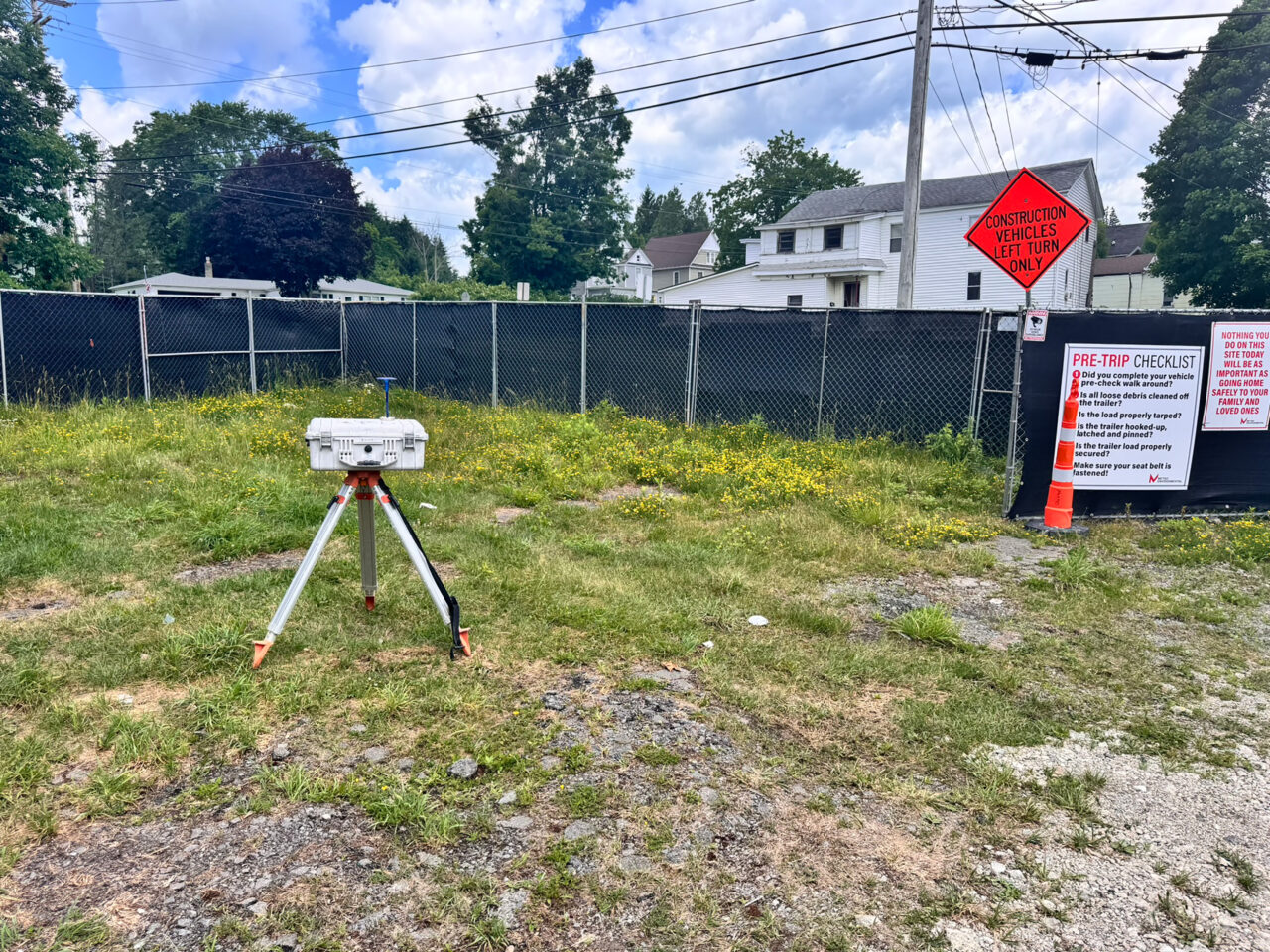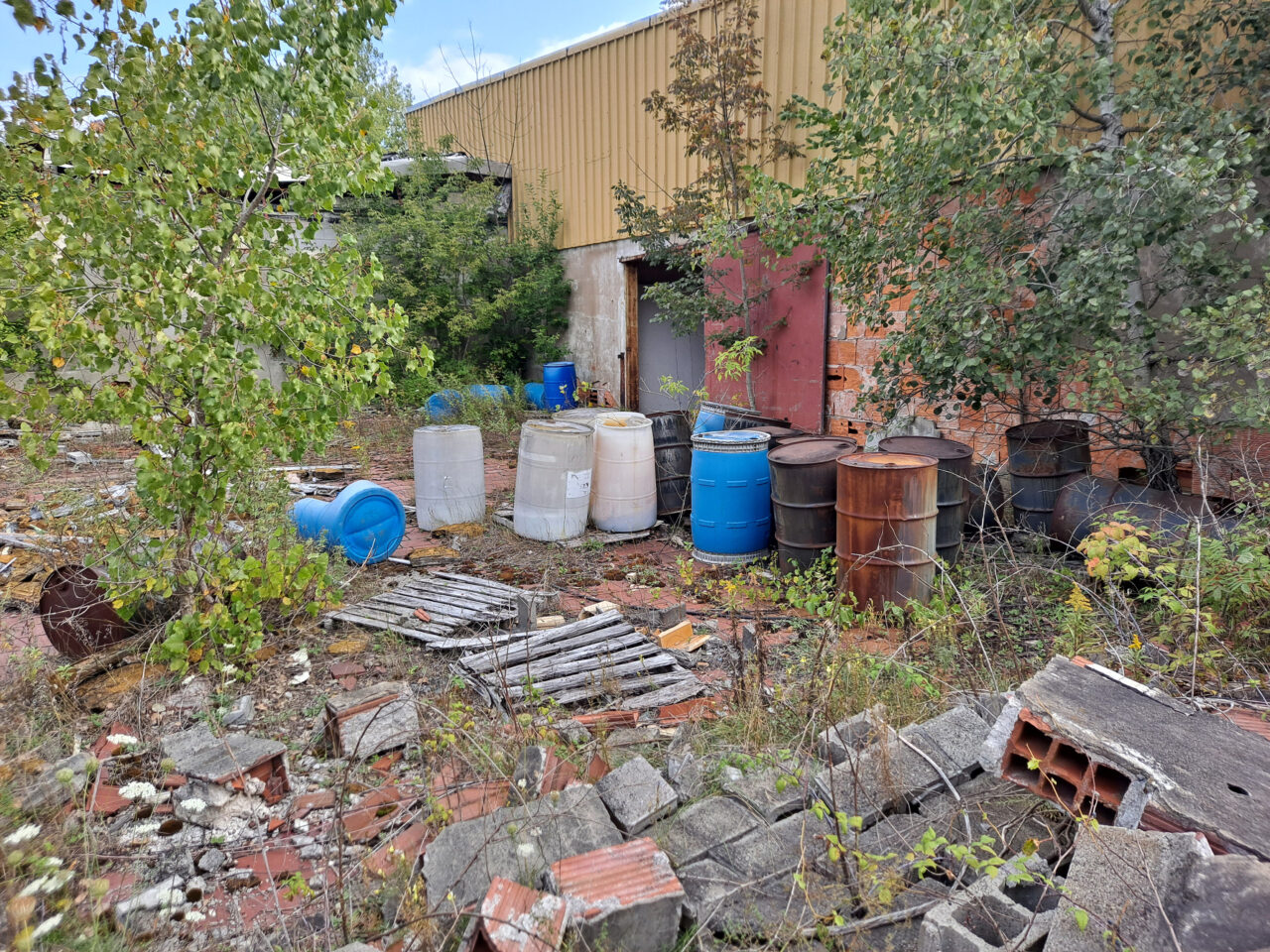Former Emkay Trading Site
Assessment to Action
A key turning point came with the formation of a not-for-profit Local Development Corporation (LDC). Engaging LaBella, the LDC initiated a comprehensive environmental assessment of the site. Our Phase I Environmental Site Assessment (ESA) identified several environmental challenges, which helped define the scope of the subsequent Phase II ESA. This second phase provided a detailed characterization of site conditions, remediation needs, and redevelopment opportunities. The data complied was sufficient to gauge eligibility for future enrollment in New York State’s Brownfield Cleanup Program (BCP) and to inform prospective private sector developers for the tax benefits and liability protections associated with redevelopment of the site under the BCP.
With these efforts in place, the LDC secured a partnership with a developer planning to build a mixed-use community, anchored by an 80-unit senior housing facility. LaBella played a pivotal role in securing a $500,000 brownfield cleanup grant from the United States Environmental Protection Agency (US EPA), a vital resource for removing the contaminated debris that plagued the site. We supported the project from grant applications to the preparation of an Analysis of Brownfield Cleanup Alternatives (ABCA), helping to chart the course for the site’s transformation.
Overcoming Cleanup Challenges
 As the project advanced, LaBella served as the Qualified Environmental Professional, managing critical cleanup activities funded by the grant. These efforts included:
As the project advanced, LaBella served as the Qualified Environmental Professional, managing critical cleanup activities funded by the grant. These efforts included:
- Planning and executing a community engagement program to keep stakeholders informed.
- Developing detailed project designs and bid documents.
- Guiding contractor selection and providing on-site oversight.
- Ensuring meticulous monitoring of demolition and cleanup operations.
- Maintaining thorough records and reports for accountability.

The demolition phase proved both challenging and transformative. Over 57,000 sq. ft. of deteriorated structures were carefully dismantled, and more than 1,600 tons of asbestos waste were safely removed. In addition, thousands of tons of uncontaminated debris were disposed of, along with over 30 drums of unknown liquid waste, some classified as hazardous. Our team implemented rigorous air quality monitoring to protect nearby residences, an elementary school, and sensitive water resources, including a trout stream and wetlands. As a result, no violations of particulate or airborne asbestos thresholds occurred.
A New Chapter for the Community
By the project’s end, LaBella had achieved its mission. The blighted site was cleared, community concerns were addressed, and the property was primed for private sector redevelopment. Our final report to the US EPA and community documented every aspect of the project, from air monitoring results to waste disposal records.
Today, the site stands ready to welcome new development—an outcome made possible through expertise, planning, and collaboration.





























